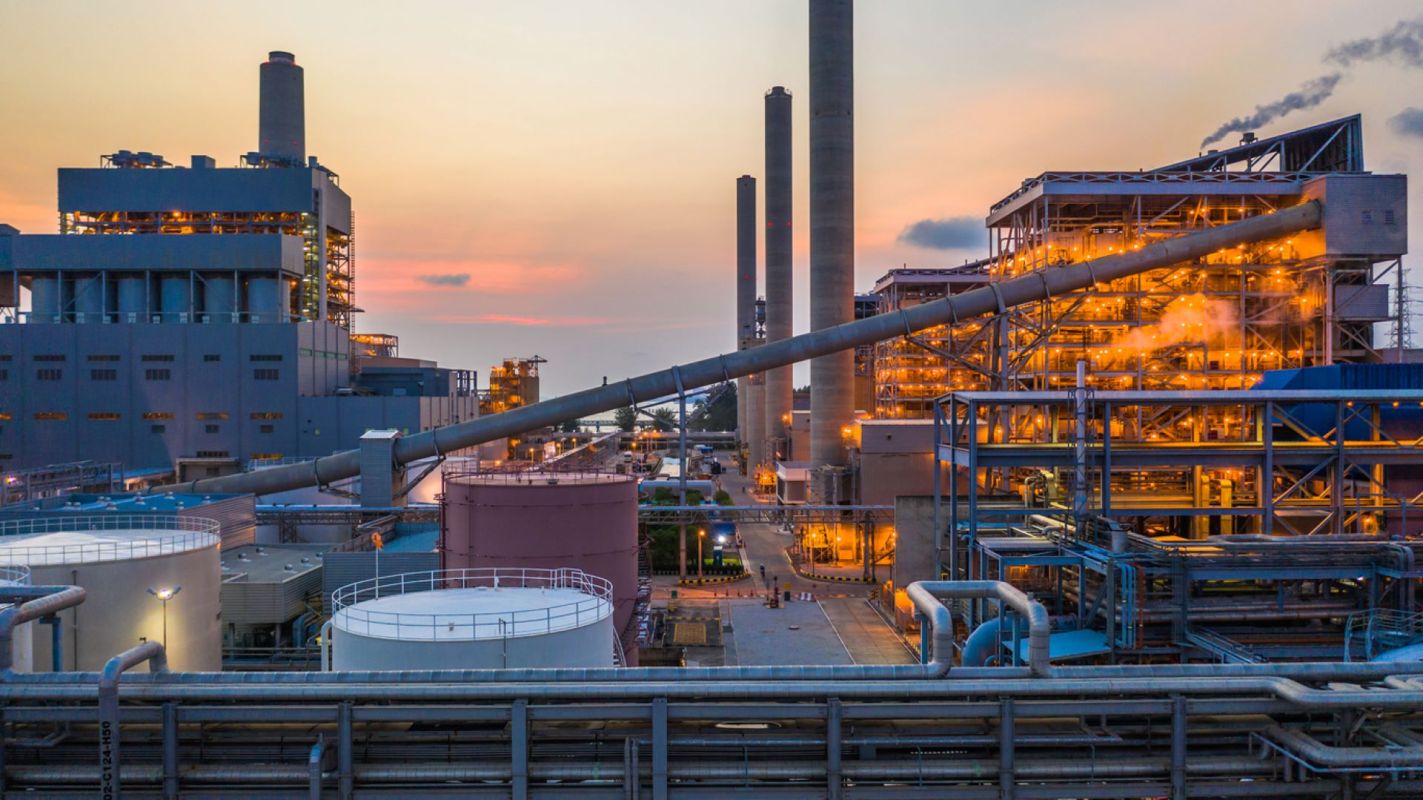How we build cities is changing, and walkable urban centers like the upcoming Utah City may redefine how people live, work, and play.
Reimagining the site of a former steel mill, forward-thinking architects and master planners will bring their vision to life with a focus on sustainability and wellness.
According to the Daily Herald, Utah City will transform more than 700 acres on the east shore of Utah Lake into a "walkable, transit-oriented, mixed-use community" designed to become the county's "urban core." Jeff Woodbury, a managing partner on the project, described Utah City as a "legacy development" that will continue to upgrade with new technologies for generations.
Anchored by Vineyard Station and the upcoming Huntsman Cancer Institute research center, Utah City will be home to restaurants, businesses, and housing to accommodate a variety of lifestyles.
Designs include features to encourage walking and biking by making it safer and more accessible with larger sidewalks, pedestrian thoroughfares, and 50 acres of open green space. Residents can also take advantage of the proximity to stunning nature vistas and outdoor recreation.
Leaning into sustainability from the ground up, Utah City will incorporate sustainable materials and energy-efficient systems throughout the project. According to a press release, the development aims to become the first LEED-certified community in the state, raising the bar for environmental standards in the region.
The Utah City project broke ground in August, but developers expect a full build-out to take 10-15 years, the Daily Herald and Daily Universe reported.
From large-scale developments like Utah City to smaller projects in established metropolises, sustainable initiatives are improving the quality of life for urban dwellers.
Urban planner and architect Jeff Speck explained in a TED Talk how walkable cities can save us time and money while improving wellness and quality of life, investing in the local community, and reducing harmful pollution that affects the environment.
"The site will bring community connection, increased recreation, a diverse economy, and add access to universities, increasing our talent pipeline," Vineyard Mayor Julie Fullmer told the Daily Herald.
Designed to thrive, the project's focus on wellness and sustainability buffers the negative impacts of growth, such as longer commutes and more pollution. With Utah County's population anticipated to increase to about 1.6 million by 2065 (177% growth compared to its 2015 population), the Utah City development offers residents a walkable community with easy access to work, recreation, healthcare, education, and all of life's necessities.
Join our free newsletter for weekly updates on the coolest innovations improving our lives and saving our planet.









